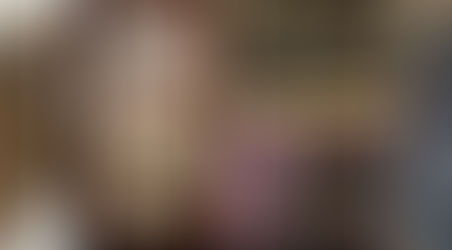Eco-Printing and Picnicking
- Betsy Larkin
- Jul 19, 2023
- 2 min read
On Saturday, June 17, the Growing Center hosted the Terra+Soma Collective, which led a Bouquet + Cyanotype event open to the public. The goal of this experimental Open Hours for the Arts session with a dozen attendees, was to bring together all ages of community members to engage in a creative workshop that incorporates both nature and art. Attendees engaged and interacted with the landscape around them by taking and developing cyanotype photos and assembling native plant bouquets.

The Growing Center, an innovative venue that has offered a wide variety of nature- and environmentally-focused ideas and events, was the perfect place to introduce cyanotyping, a very old solar-powered method for developing prints of both photographs and found materials.
Despite the wet afternoon, the rain, the calming music, and the intimate group created a meditative atmosphere in the garden. Event leaders invited folks, most of whom were new to the Growing Center space, to explore and learn about the garden through individual tours. Following that, everyone experimented with creating their own cyanotypes.

First developed in 1842, when the technology and art of photography itself was only about 20 years old, the term “cyanotype” comes from the blue color that results from a print’s being exposed to ultraviolet light. The process involves the use of light-sensitive iron salts that are sensitive to light. The print is first applied with the iron salts under low light. An object is then pressed directly to the surface of the print and exposed to sunlight, a process that alters the iron salts as they react with the chemical ferricyanide. The resulting solution is a blue dye known as Prussian Blue. Once the paper is washed in plain water, the areas that were exposed to light develop in shades of this blue, while the print image itself shows up as white.
Cyanotypes were originally used for copying architectural drawings and technical engineering documents - hence the origin of the term “blueprint.” They were used for these purposes for decades, eventually being replaced by the cheaper Diazo print method, which produced blue images and lines on a white background. The invention of the affordable method of xerography in the 1930’s made the Diazo print obsolete.

More information about the process can be found in this handy publication from the Getty Center.
The event leaders brought a UV light to aid in the process, due to the lack of sunshine and light rain that was falling, but this is a fairly straightforward method that works well in bright sun. Workshop leaders also provided guides for those who wanted to try the process at home!
The event was run by Terra+Soma Collective, an inclusive community-based collective and creative agency that provides curated spaces for expression through art, connecting with nature, and a mutual exchange of knowledge. To learn more about future events, follow them on Instagram, @terrasomacollective.












































Comments